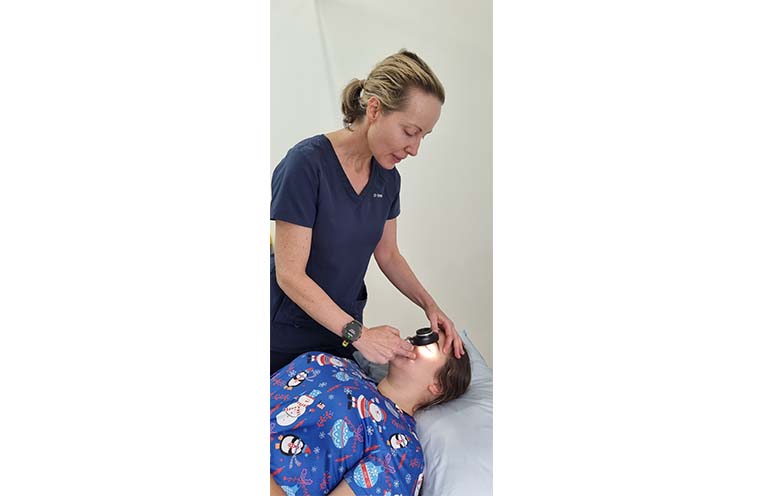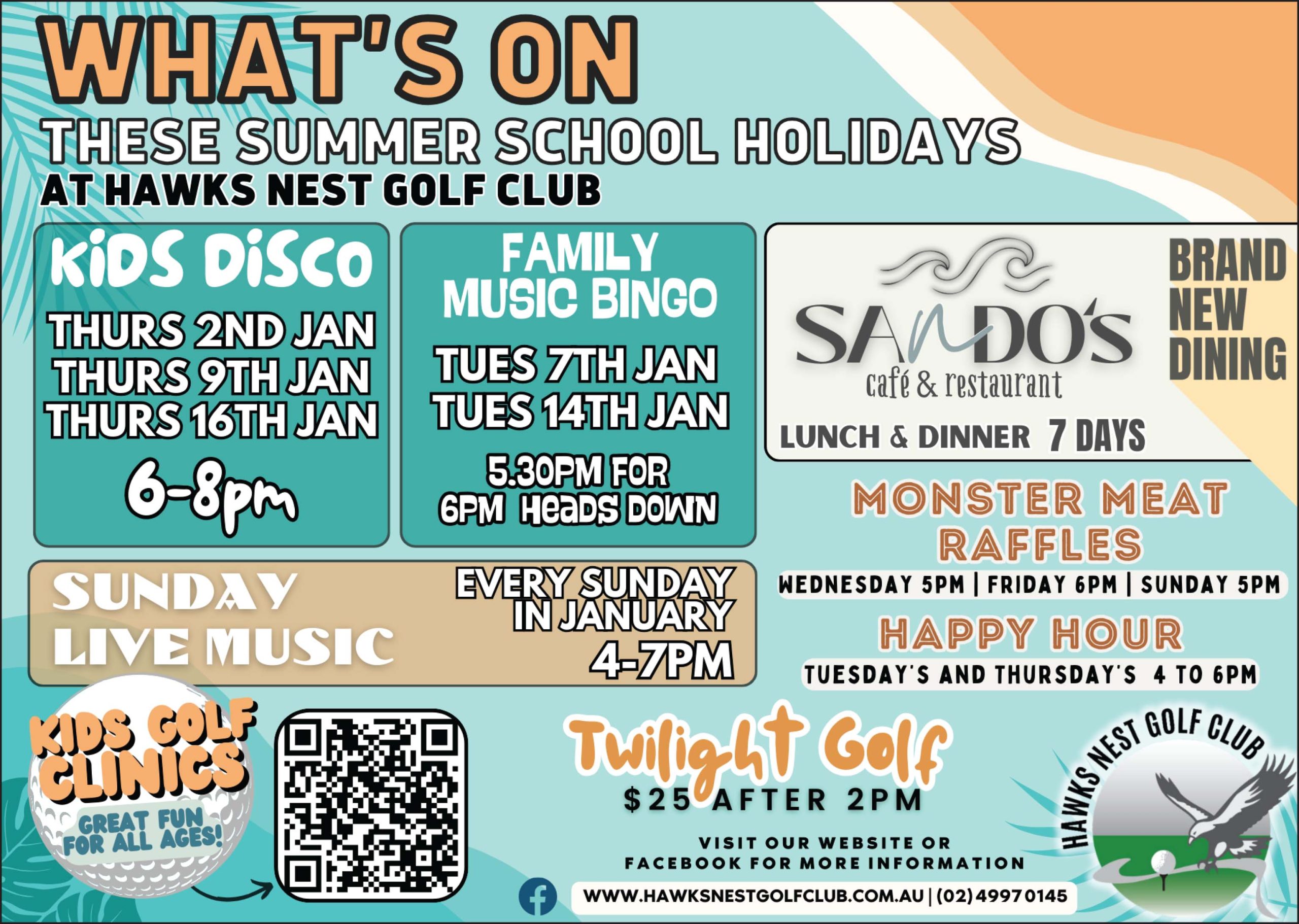
CANCER caused by overexposure to the sun should always be of concern, as some startling statistics have revealed.
An alarming number of younger beachgoers are deciding that a tan is attractive, and are spending hours unprotected under the scorching rays.
 Advertise with News of The Area today.
Advertise with News of The Area today.It’s worth it for your business.
Message us.
Phone us – (02) 4981 8882.
Email us – media@newsofthearea.com.au
The daily UV rating, which is the real factor for concern, can be checked on the Bureau of Meteorology (BOM) website.
Recent ratings have been well over ten, well in the “extreme UV” range, which recommends sun protection between 8am and 5pm.
Melanoma, a type of skin cancer, is the most common cancer affecting 20-39-year-old Australians.
Australia has the highest rates in the world, with one person diagnosed with melanoma every 30 minutes, and one related death every six hours.
“A big issue is that our older population in Tea Gardens/Hawks Nest has a lot of sun damage from the outdoor lifestyle of their youth,” local GP Dr Sonya Stemper told News Of The Area.
“They grew up in an era when the dangers of UV exposure were less well-known, products we have now were less available – sunscreens, protective clothing, eyewear.
“Our patients are very good at putting sunscreen on their grandchildren but often neglect their own skin, and there is also a misconception that ‘it’s too late’ or ‘the damage has been done’ which is simply not true.
“Regular sun protection can, in fact, help reverse some of the pre-existing damage and of course prevent new damage, and there are treatments for actinic keratoses, a common precursor for skin cancer.”
The iconic “Me No Fry” TV ad of the mid-1990s featured stop-motion eggs suffering vivid consequences of sun exposure to the tune of War’s “Low Rider”.
It left an indelible impression upon kids at the time, who would now be in their 30s and 40s.
Back then, SPF15+ was the best the market had to offer, but in 2024 the minimum should be SPF50+.
More recent “there’s nothing healthy about a tan” ads featuring black tumours spreading across the back of an unsuspecting teenage beachgoer, may have less of an impression due to their sermonising tone.
Dr Stemper stresses that sun protection should not be expensive or feel unpleasant, it should not sting the eyes nor feel like wearing an oil slick.
“Lightweight clothing can let air circulate and protect our skin and there is a plethora of rash vests and protective swimwear.”
Dr Stemper moved to Tea Gardens from Queensland in 2020, due to family work commitments that had been disrupted by the COVID lockdown.
Her surgical experience aligned with a need at Hawks Nest Medical Centre for a doctor to help patients with skin cancer.
“The first patient I saw was a nurse who came in for a skin check and I noticed a lesion on their knee.
“They said, ‘Oh, that’s nothing’ and it ended up being a squamous cell carcinoma – a common type of skin cancer.
“From then on, I have seen many, many skin cancers, some particularly nasty ones that I’d never seen in my career before.
“I diagnose one or two melanomas per week and unfortunately the statistics suggest melanoma numbers will double over the next 20 years.
“I encourage my patients to regularly check their skin, present early if there are new or changing lesions, and protect their skin on a daily basis as the damaging UV radiation can occur on a sunny, overcast or even rainy day.”
Every year nearly 2000 Australians die from skin cancer which is mainly caused by UV radiation which can occur on sunny, cool and overcast days.
Slip, Slop, Slap, Seek, Slide is the message of the Cancer Council’s SunSmart program to protect our skin (slip on a shirt, slop on sunscreen, slap on a hat, seek shade and slide on sunglasses).
By Thomas O’KEEFE
